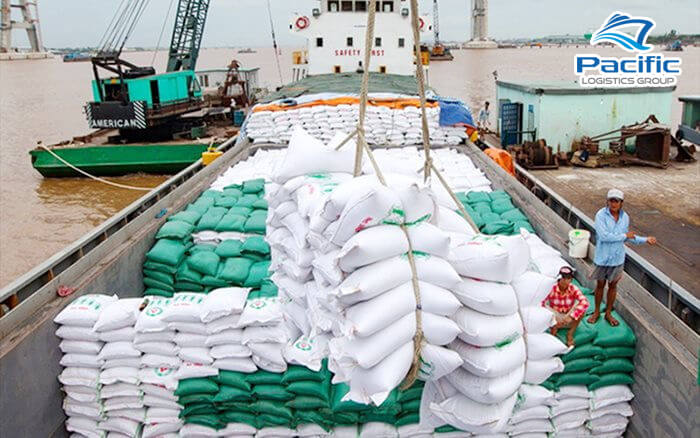The ‘bottlenecks’ hindering the flow of Vietnamese rice grains are rice varieties, food safety, logistics, cost of input production materials and technology, capital for production and export.
In the morning of June 22, in Can Tho, Can Tho Trade and Investment Promotion Center in collaboration with Business Life – Journal of Labor and Trade Union held a seminar on “Opening the stream of Vietnamese rice grains”.
Vietnam is known as a rice exporting power with an export output of about 6.3 million tons of rice per year, in 150 countries and territories. However, the competitiveness of Vietnamese rice brands is still not high and it is not convenient to break into the high-end market to sell at high prices.

Through 2 discussion sessions: Sustainable rice production chain, increasing profits for Mekong Delta farmers and Solutions to remove bottlenecks in the rice supply chain, increasing the value of Vietnamese rice grains, speakers, guests invitations from the Ministry of Agriculture and Rural Development, the Ministry of Industry and Trade, the Rice Institute of the Mekong Delta, experts in the field of integration and research, enterprises in the rice industry from production, processing to export. Exporters will exchange, discuss, and identify “bottlenecks” that hinder the flow of Vietnamese rice grains, such as rice varieties, food safety, logistics, costs of input production materials and technology, capital for rice production. produce and export…
In order for Vietnam to keep the top rice export position, high quality rice grain, competitive rice price, bringing higher benefits for the country and higher for businesses and farmers, the delegates said that Trung produces fragrant rice and high-class rice products for export to fastidious markets because the room in these markets is huge. Along with that, it is necessary to focus on building a brand because the same quality of rice, but the kind with a good brand name can be sold at 10 to 20% higher price. In addition, improving the logistics system is still a top priority, because many businesses cannot afford the transportation costs when exporting rice to foreign markets.
Mr. Do Ha Nam, Vice Chairman of the Vietnam Food Association shared at the conference, at this time, the demand for rice imports from many countries around the world is also increasing. Vietnam’s rice grain is not only enough to feed 100 million people, but also exports 3 million tons, bringing in $1.4 billion in the first five months of the year. However, in order to clear the flow of rice grains, one of the urgent requirements today is to soon reduce logistics costs to contribute to reducing product costs and improving the competitiveness of Vietnamese rice grains. Statistics show that currently, the logistics cost for exporting agricultural products of our country accounts for about 20-25% on average. This is quite a high figure compared to other countries in the region (about 10-15%). Therefore, developing logistics infrastructure is extremely important.
“Currently, businesses that are convenient on the road, they use containers, so the influence from the road is also very strained. The rest of the businesses are mainly through Tan Cang, they organize the transportation of containers. transshipment, businesses pack goods at their warehouses or at transshipment ports, we can also push a lot for the container, but the closing time and transit time of the container is quite long, of course the cost must also be paid. We are also recommending that Tan Cang should review the container freight rates because they account for a very high proportion of the country, they should average the prices, different areas should have different freight rates, especially Priority is given to the Mekong Delta region to reduce freight rates,” added Mr. Nam.
According to the Ministry of Agriculture and Rural Development, in the first quarter of 2022, Vietnam exported more than 1.48 million tons of rice, equivalent to 715 million USD, up 24% in quantity and 10.5% in value over the same period last year. Most of Vietnam’s rice import markets have tended to increase sharply in recent years and rice prices have also increased. This shows that Vietnam’s rice exports are making new breakthroughs in the international market.





